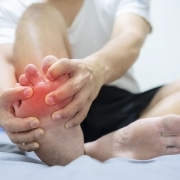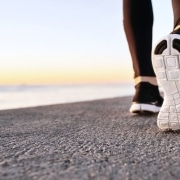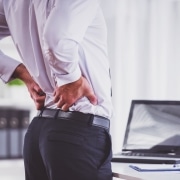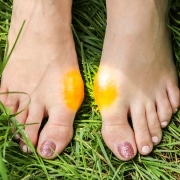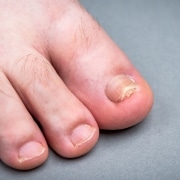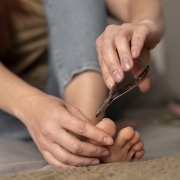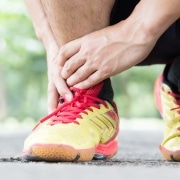Tips For Going Barefoot in Summer
One of the oldest joys of summer is being able to go barefoot. Going barefoot in summer is not without risks, so your Austin, TX foot specialist wants you to have some tips to keep your bare feet safe.
Wear Sunscreen
Even if you choose not to wear shoes, you still need some sort of foot protection. The tops of your feet are prone to sunburn just like other areas of your skin. Slather a deep layer of waterproof sunscreen on the tops of your feet, toes and ankles, being sure to smooth it into the crevices between your toes. Reapply after going into the water.
Be Sure Your Tetanus Shots Are up to Date
Booster tetanus shots are recommended every ten years. If your foot is accidentally punctured or scraped by a rusty metal object, at least you might avoid serious tetanus illness.
Inspect Feet
After walking barefoot, take a rest and inspect your feet, including the bottoms and in between toes. Take your time with this inspection, because insect bites can appear as very hard to see, small red dots that can be easily overlooked. You might not always feel a recent injury right away, especially if you have an underlying disorder, such as diabetes. Also, small insects are attracted to the spaces in between your toes, so be on the lookout for any “stowaways.”
Avoid Going Barefoot in Tall Grass
Even in your own backyard, tall grass can hide dangers to bare feet. You never know what creature you might accidentally disturb, inciting a protective bite to your precious feet. The safest time to go barefoot in the backyard is after a fresh mow, when slithery creatures (yes, garden snakes) are more likely to hide away in their underground home.
If you run into any problems while enjoying barefoot time this summer, don’t hesitate to contact your Austin, TX podiatrist for care and treatment.




